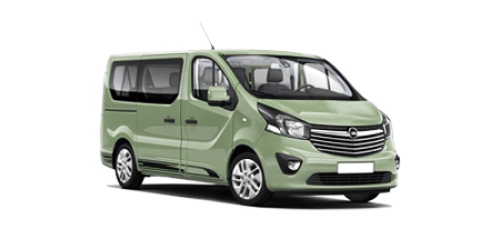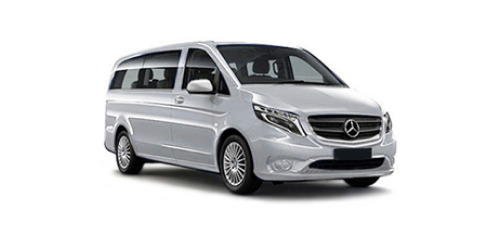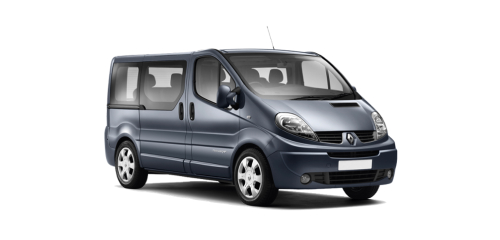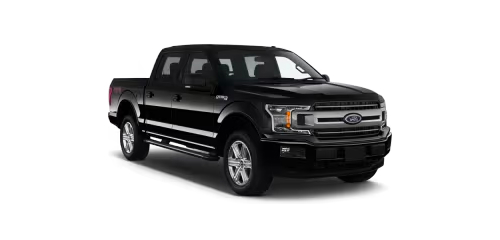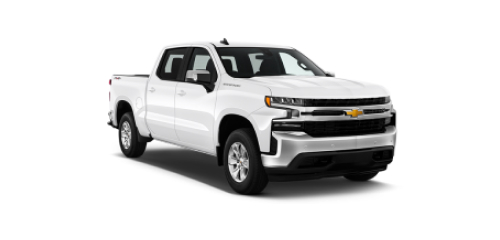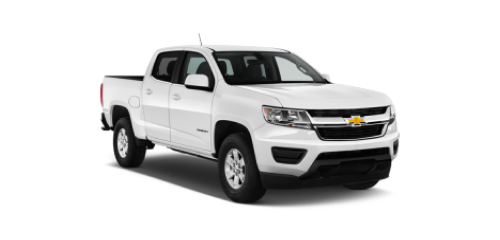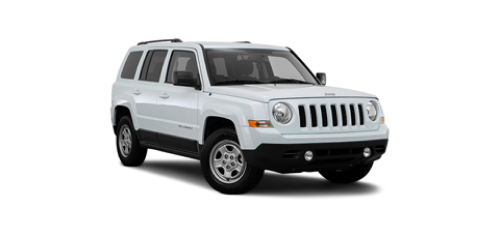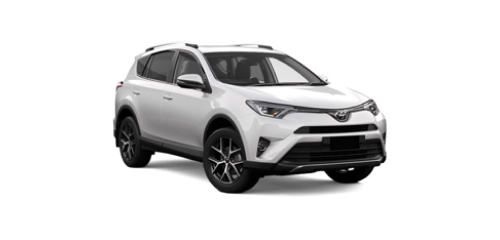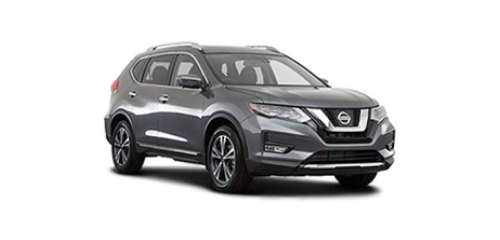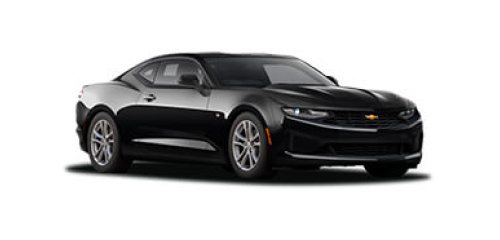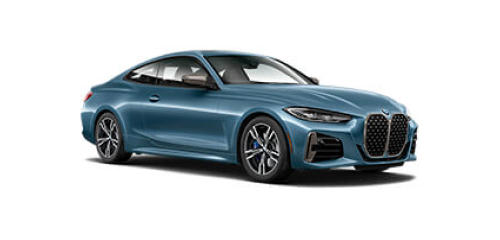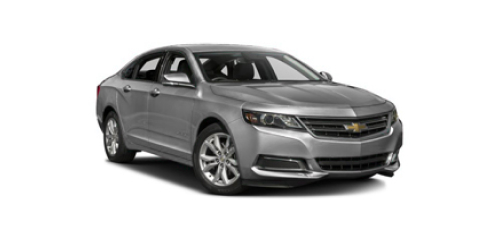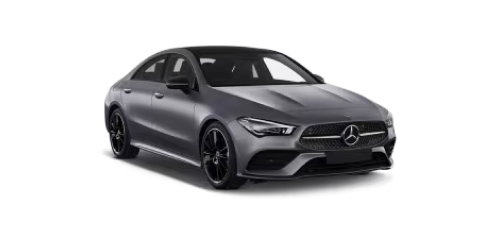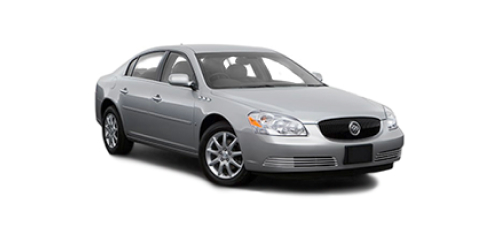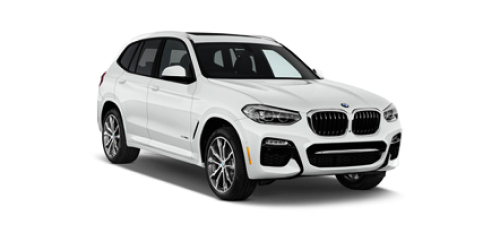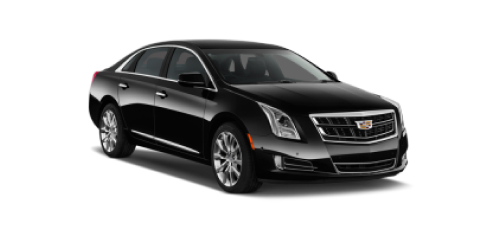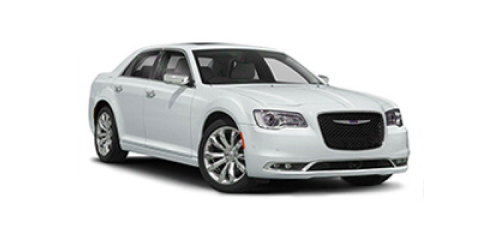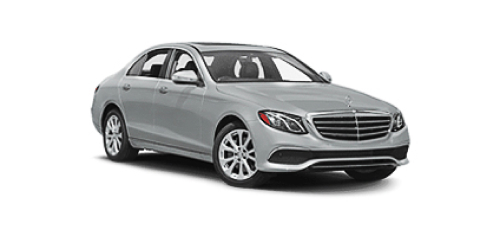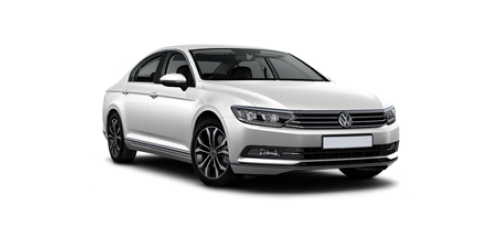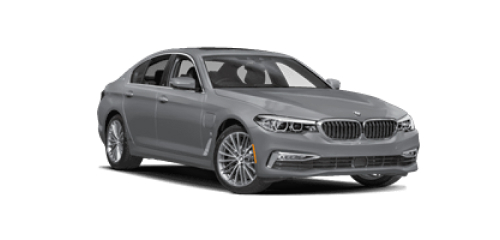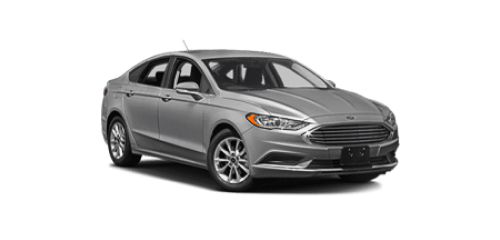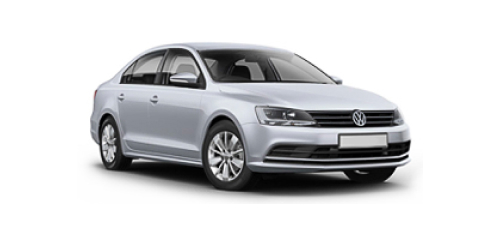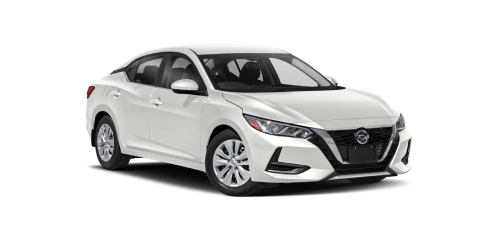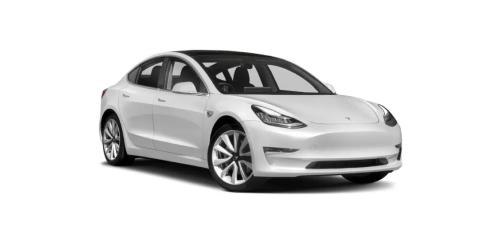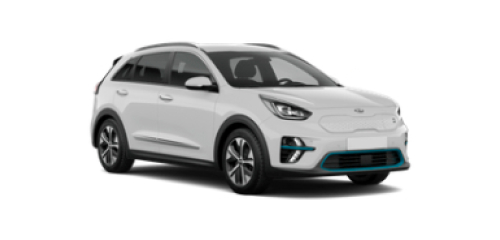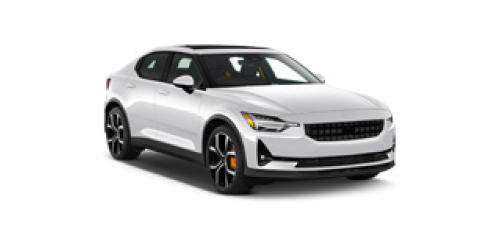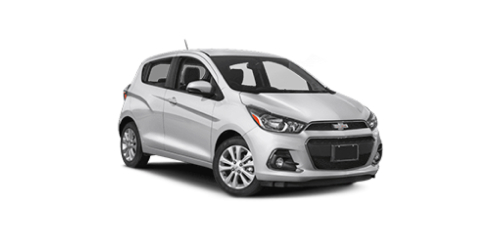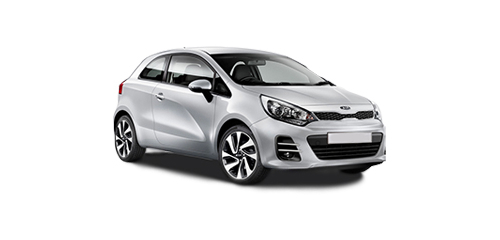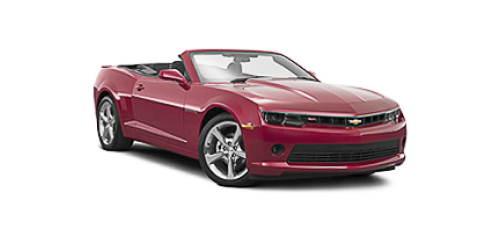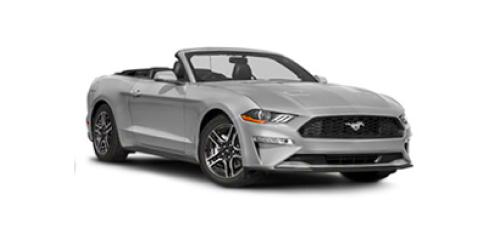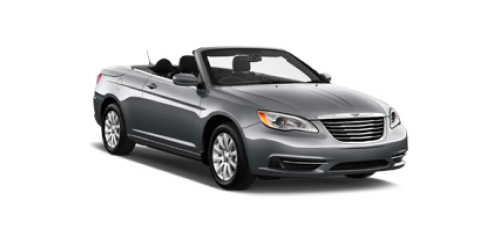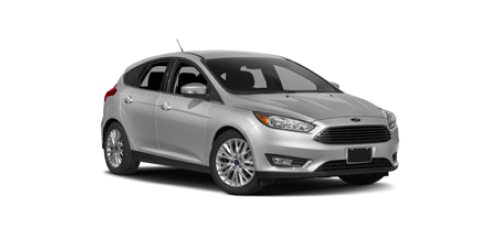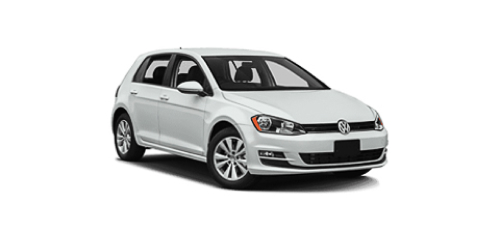
Car rental in Spain-Mainland
- Secured payment guarantee
- 4 million users
- Multi-language support
- Booking of any class cars
- 600 providers worldwide

Tips for renting a car inexpensively in Spain
Looking for a cheap car rental in Spain? With Economybookings, you can easily compare multiple providers to find the best possible deal across the country. Whether you're exploring major cities or venturing into rural regions, a quick comparison can save you time and money.
- Compare pickup locations – Select a broader city or region instead of a specific location to unlock more deal options, including off-airport savings.
- Slightly adjust pickup times and dates – Even changing your booking by an hour can reveal lower rates.
- Choose economy or compact cars – These vehicle types are usually the most budget-friendly.
- Book early – Especially during peak travel seasons (summer, holidays), advance booking helps secure lower prices and better availability.
Tips when renting a car in Spain
Spain has an incredible variety of places to explore, from beaches and mountains to small villages and historic cities. If you already know your route, book your rental car in advance. Demand (and prices) spike quickly during long weekends, Easter, and the summer months.
- Madrid, Barcelona, Málaga, and Valencia airports offer the best rental car availability. If you're arriving by train, major stations like Atocha (Madrid), Sants (Barcelona), and María Zambrano (Málaga) also have good options.
- For driving through small towns or historic centers, choose a compact car. Streets are often narrow, and parking can be tricky.
- In big cities, avoid rush hour (7:30-10:00 AM and 5:30-8:30 PM). Traffic gets heavy and delays could make you late returning your car, possibly leading to extra charges.
Driving tips in Spain
- Always carry your driver's license, rental contract, and insurance documents.
- Drive on the right, overtake on the left, and always signal your intentions.
- Pedestrians have the right of way at crosswalks; make sure you stop for them.
- Roundabouts require attention. Pick your lane before entering: inner lane for overtaking and outer lane for exiting. Yield to vehicles already in the roundabout and signal right before exiting.
- Popular gas stations include Repsol, Cepsa, BP, GAP, and Shell.
- Spain has strict alcohol laws: the limit is 0.5 g/L (0.3 if your license is under two years old). Fines can easily exceed €500.
- In towns and cities, watch for blue and green parking zones and don’t forget to buy a ticket if needed. Apps like EasyPark and Telpark are widely used.
Speed limits
- 120 km/h (75 mph) on highways.
- 90 km/h (55 mph) on secondary roads.
- 50 km/h (31 mph) on city streets.
- 30 km/h (19 mph) on residential or narrow streets.
- 20 km/h (12 mph) in shared pedestrian zones.
Some areas might differ, so keep an eye on posted signs.
Road signs
Road signs in Spain follow the European standard: clear icons and limits in km/h. Most are in Spanish, but you may also see Catalan, Basque, or Galician depending on the region. Low Emission Zones (ZBE) are clearly marked in cities like Madrid and Barcelona. You'll also notice red-painted lanes reserved for buses and taxis; don't use them unless signs say otherwise.
Tolls and restricted zones
Many toll roads in Spain are now free, especially in regions like Catalonia, Valencia, and Andalusia. Still, some routes remain active, like the AP-6 (Madrid-Segovia), AP-7 (Alicante-Cartagena), and AP-9 (in Galicia), with fees depending on distance and season. Also, watch for Low Emission Zones (ZBE) in major cities like Madrid and Barcelona. Vehicles without an environmental sticker may be restricted from entering.
Discover Spain by car
Spain is one of the best countries to explore by car. Distances are manageable, and the variety of landscapes, cultures, and climates is impressive. You can drive from Atlantic beaches to the white villages of Andalusia, or head north to explore lush mountains and picturesque valleys.
Drive along the White Villages Route in Cádiz, visit UNESCO-listed cities like Salamanca, Ávila, or Córdoba, or get lost along the Costa Brava's hidden coves. The road network is well-maintained, and many routes offer spectacular views.
When to Visit
- Spring (March-May): Great for visiting cities like Madrid, Seville, or Granada before the summer heat.
- Autumn (September-October): Mild weather and fewer tourists, ideal for cultural trips and food tours.
- Summer (June-August): Perfect for coastal vacations, though inland cities can get very hot.
- Winter: Best for skiing in Sierra Nevada or quiet getaways in cities like Zaragoza or Oviedo.
Languages & Communication
Spanish is spoken throughout the country, but some regions have co-official languages like Catalan, Galician, or Basque. No need to worry if you don't speak them, Spanish is understood everywhere. And in most tourist areas, you'll find people who speak English, especially in hotels, restaurants, and rental car services.
Currency & Payments
The euro (€) is the currency in Spain. Credit and debit cards are widely accepted for everything from public transport to shopping and dining. Still, it's good to carry a bit of cash, especially if you're heading to rural areas, traditional bars, or local markets. ATMs are available in most cities and medium-sized towns.
Top driving routes from Spain
- Costa Brava Road Trip: Starting from Girona or Barcelona, uncover hidden coves, fishing villages, and pure Mediterranean vibes.
- White Villages of Andalusia: From Seville or Málaga, drive through mountain roads and discover towns like Ronda, Zahara de la Sierra, and Arcos de la Frontera.
- Rioja Wine Country: From Zaragoza or Bilbao, visit top wineries, explore scenic vineyards, and enjoy local cuisine.
- Castles of Castilla: Starting in Valladolid or Burgos, explore medieval castles and charming historic towns like Peñafiel and Medina del Campo.
- Costa da Morte: From Santiago or A Coruña, drive along Galicia's wild coastline, dotted with cliffs, lighthouses, and hidden beaches.
Explore popular cities with our best car rental in Spain-Mainland
Experience the top locations with cheap car rental in Spain-Mainland
Discover the cheapest car rental in Spain-Mainland
* Disclaimer: Prices displayed may not reflect today's rates.












































